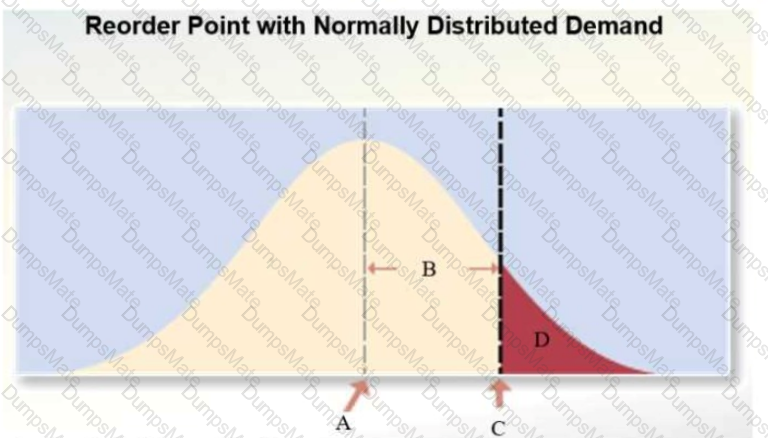A manufacturing firm redesigns its premier product to benefit from material standardization. The change will entail re-tooling costs. The firm conducts a cost benefit analysis on four possible options. Option 1 is to make no change at all. Options 2, 3, and 4 represent different re-tooling configurations involving different materials:
Option 1Option 2Option 3Option 4
Re-tooling Costs (Year 1)$0$800,000$1,000,000$1,200,000
Material Costs
Year 151,000,000$700,000$650,000$600,000
Year 2$1,100,000$750,000$700,000$650,000
Year 3SI,200,000$800,000$750,000$700,000
Year 451,300,000$850,000$800,000$750,000
Year 551,400,000$900,000$850,000$800,000
Total$6,000,000$4,000,000$3,750,000$3,500,000
Labor Costs
Year 1$1,000,000$700,000$650,000$600,000
Year 2$1,100,000$770,000$715,000S660,000
Year 3$1,210,000$847,000$786,500$726,000
Year 4$1,331,000$931,700$865,150$798,600
Year 5$1,464,100$1,024,870$951,665$878,460
Total$6,105,100$4,273,570$3,968,315$3,663,060
In addition to this, there will be a cost of $3.5 million in lost production during Year 1, should any of the re-tooling options (2, 3, or 4) be selected.
The firm wants to rank the options in order of financial preference, from the best option to the worst. Based on this information, how should the four options be ranked?





